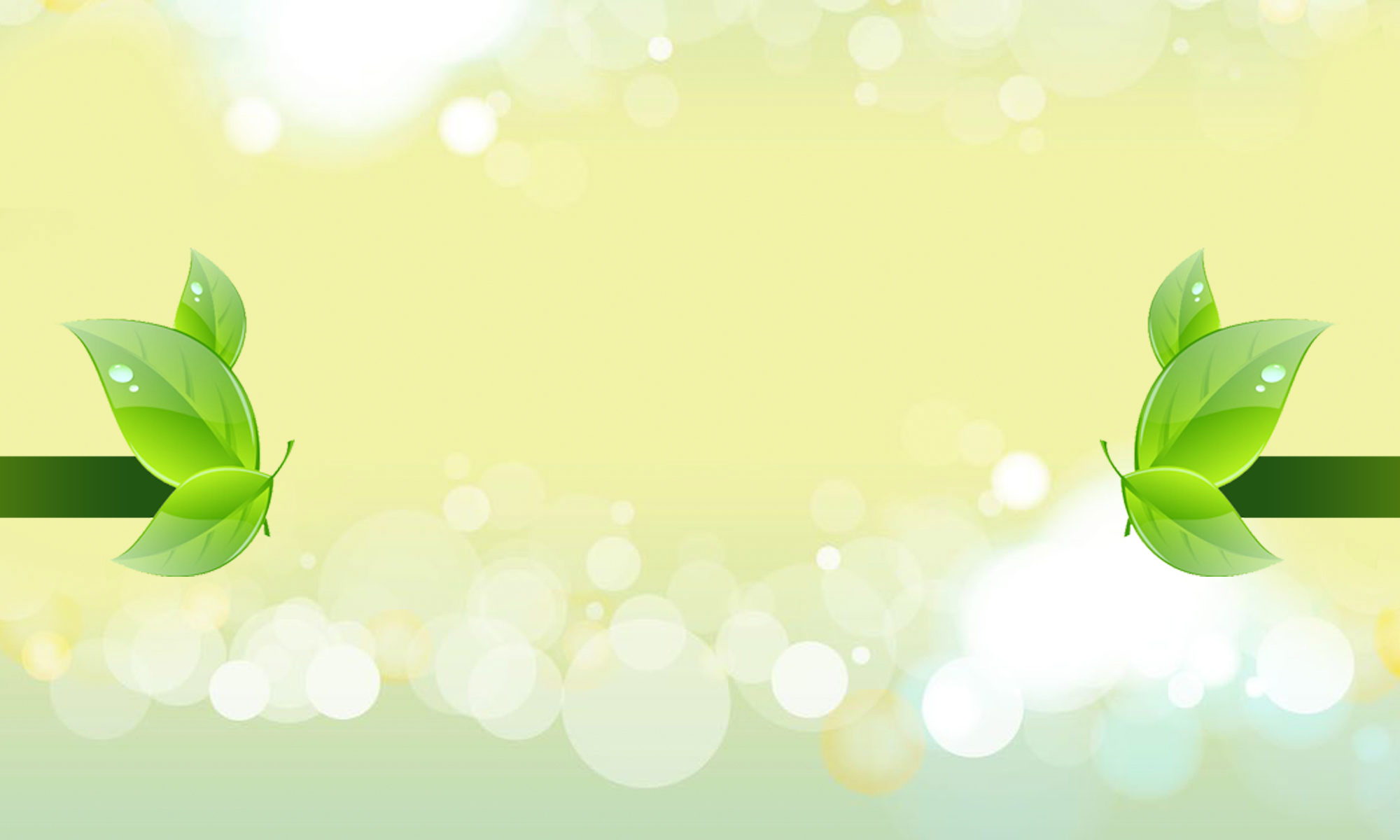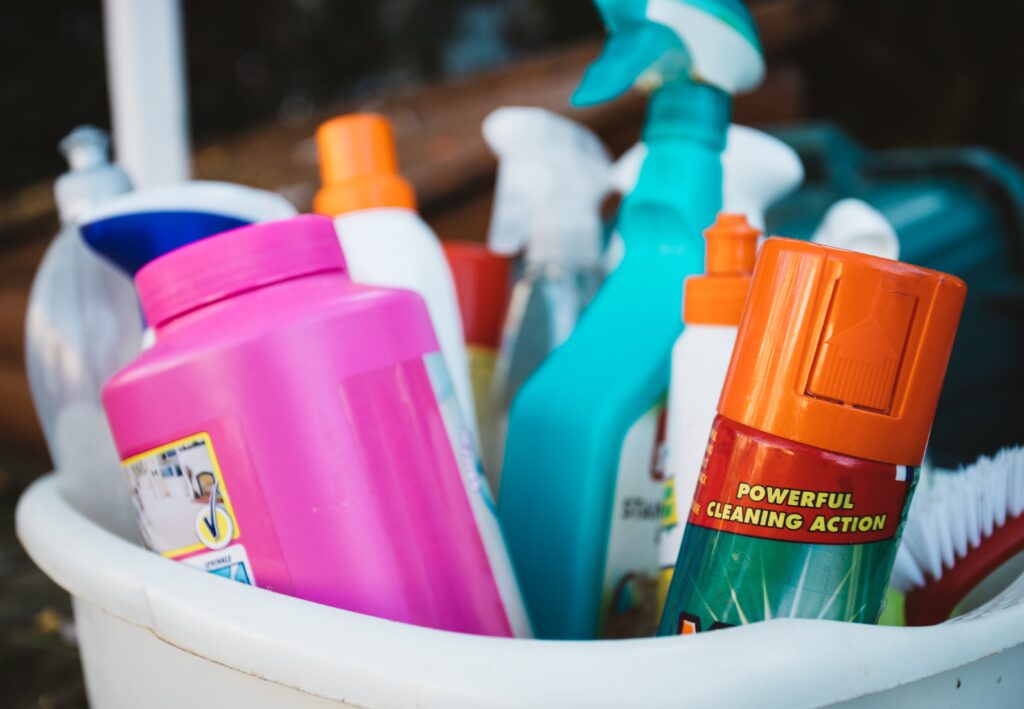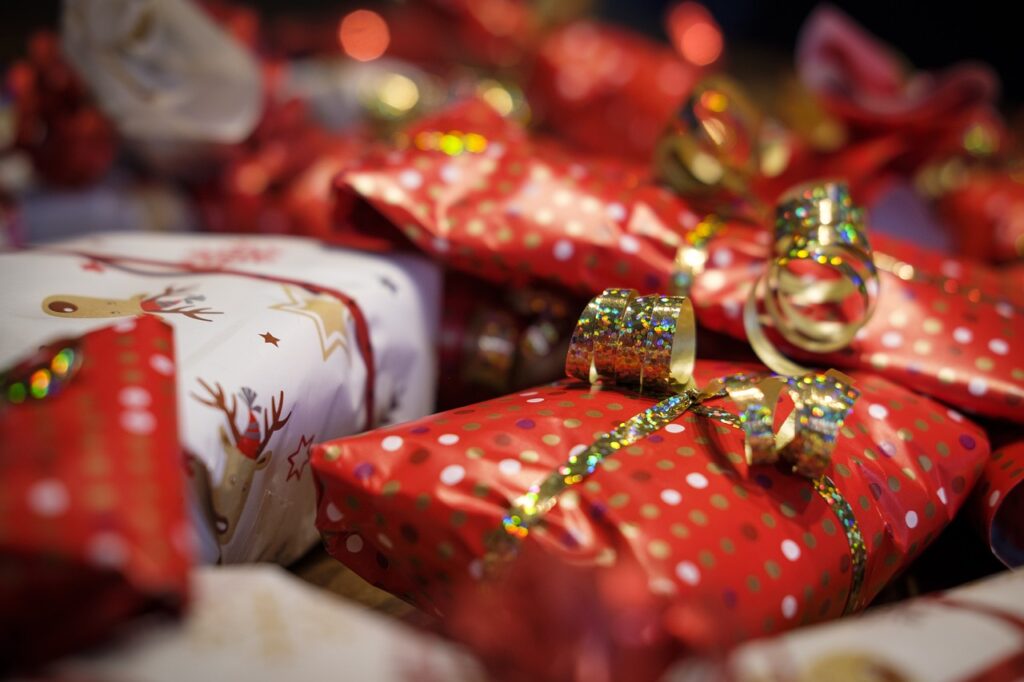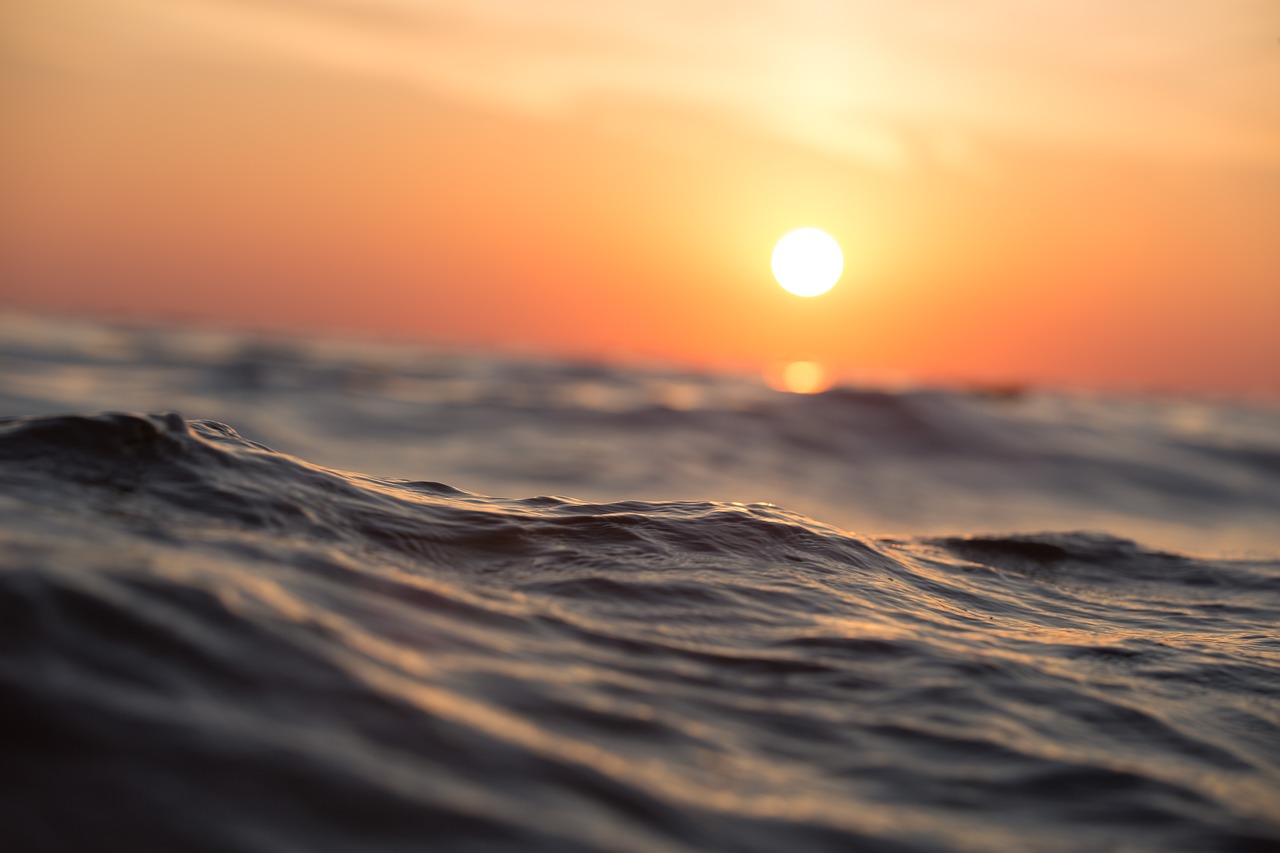
You may have heard of something called the Great Pacific Garbage Patch, but you may be wondering what, exactly, it is. We go into the details about the Great Pacific Garbage Patch and the effects it has on our environment.
What is it?
The Great Pacific Garbage Patch is a huge area in the Pacific Ocean where debris, most commonly plastic debris, that is discarded or lost into the ocean centralizes. It’s sometimes called “trash island” or the “Pacific trash vortex”, and it is the most popular garbage patch commonly known by most people. It is impossible to know how deep the garbage patch travels, as microplastics that are not visible to the naked eye can rest several meters beneath the surface.
There’s more?
That’s right — we said the Great Pacific Garbage Patch is the most well known garbage patch, but it’s not the only one. There are about five garbage patches located in gyres of the ocean – one in the Indian Ocean, two in the Atlantic Ocean, and two in the Pacific Ocean. Smaller ocean gyres are even beginning to accumulate their own garbage patches as well.
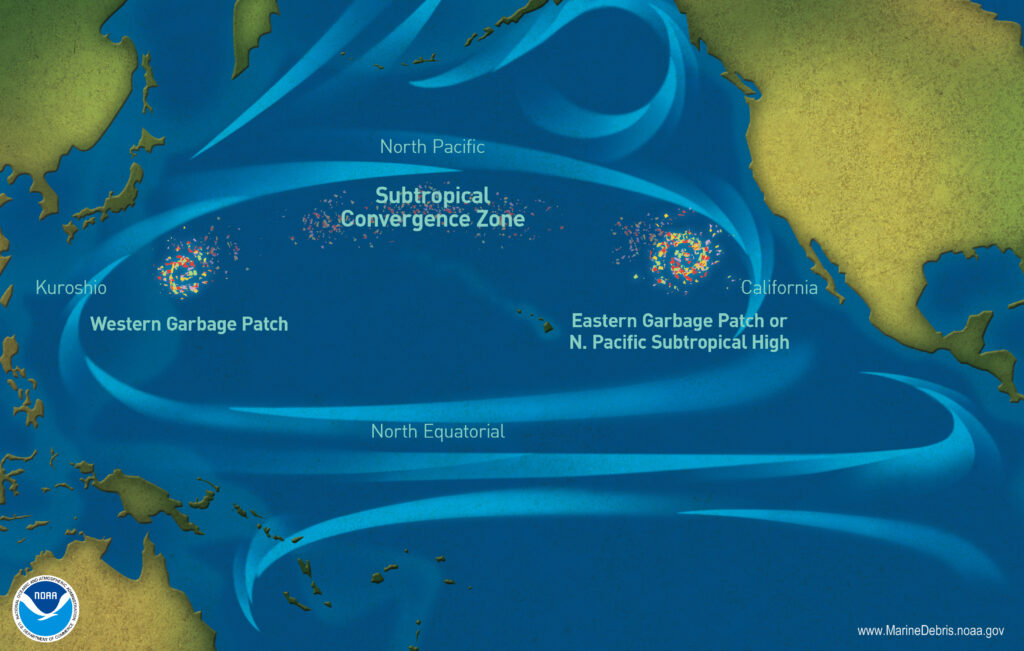
What effect does this have on the ocean?
Garbage patches like the Great Pacific Garbage Patch can put a stranglehold on light that organisms and reefs need to live. When light is blotted out from above, plantlife and other animals that rely on it can shrivel. Additionally, other creatures can ingest large, sharp plastic, become entangled in them, or even accidentally swallow microplastics that can cause permanent damage or even death in marine wildlife.
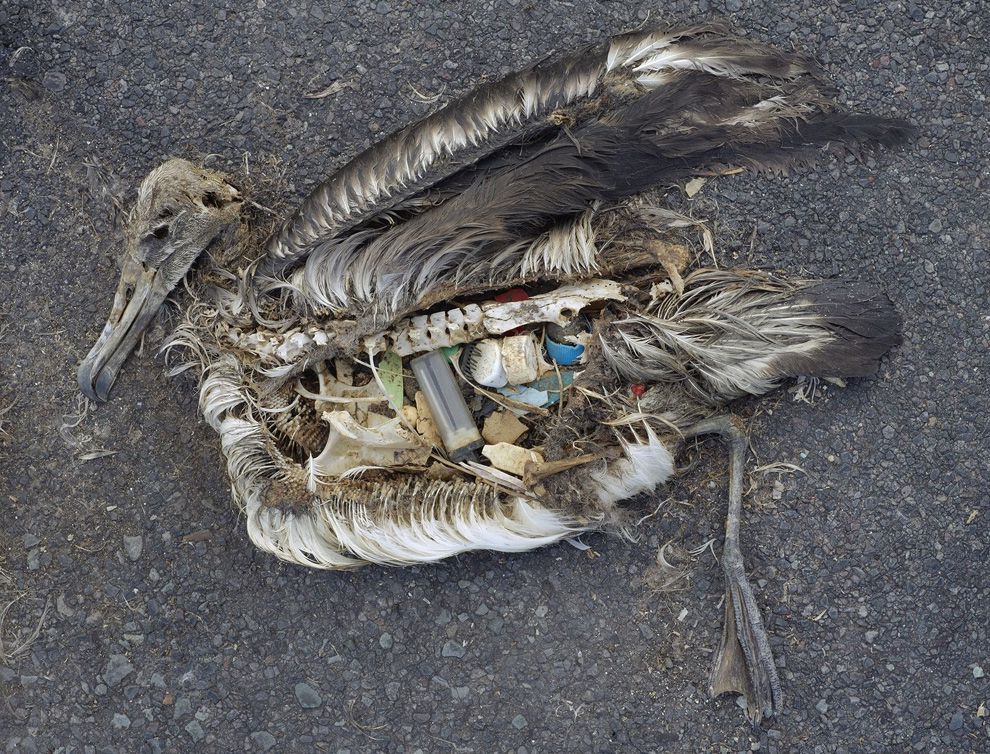
What can we do?
It may not be possible to remove all waste from the garbage patches around the world. However, keeping from adding more to the pile is key to future removal efforts. NOAA has some fantastic prevention articles to help keep non-biodegradable waste from ending up in our environments. This includes reducing reliance on single-use plastics, reducing balloon litter, and more. It’s going to take a global movement to help end this sort of litter and make our world a better place. Are you on board?
